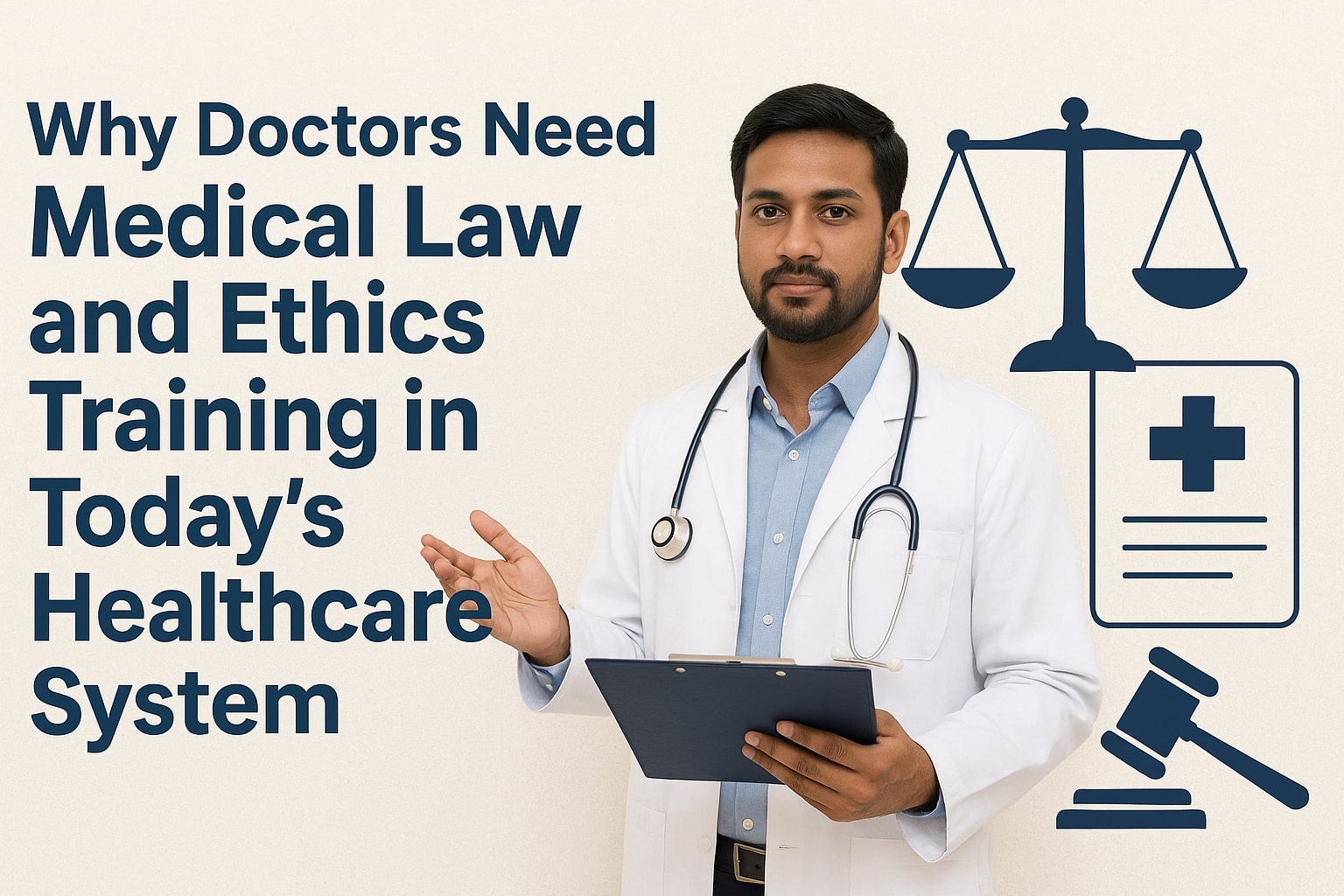As Geriatrician Numbers Dwindle, Nurse Practitioners Like Stephanie Johnson Step Up to Provide Essential Elder Care
On Fridays, Stephanie Johnson’s day is tightly packed. She travels in her navy-blue Jeep from one elderly patient’s home to another — visiting eight in total. Expecting her second child, Johnson swaps the traditional doctor’s black bag for a backpack filled with a laptop, stethoscope, pulse oximeter, and blood pressure cuff.
There’s no time for a leisurely lunch. Most days, Johnson grabs a quick bite — usually a sandwich or a handful of nuts — while driving to her next appointment.
During one cold January Friday, Johnson — a nurse practitioner specializing in older adults — visited Ellen, a woman in her 90s receiving hospice care. To preserve Ellen’s privacy, her last name is withheld. Johnson greeted her warmly and began assessing her condition.
“Hi, how are you feeling today?” she asked as she stepped into Ellen’s dimly lit room. Ellen, seated in a wheelchair and dressed in a white sweater and gray sweatpants, responded with dry humor: “Fine — aside from this cough I’ve had since junior high.”
Ellen’s medical history includes vascular dementia, Type 2 diabetes, and peripheral vascular disease. After undergoing foot surgery the previous year, Ellen’s vibrant personality and love for colorful clothing faded. Her appetite declined, and she grew distant from her fellow residents at the adult family home.
Getting on eye level, Johnson checked Ellen’s vitals, joint movement, and heart and lung function. When she unwrapped Ellen’s foot dressing, the signs were not encouraging: her legs were red and cold to the touch — symptoms suggesting deteriorating circulation.
Ellen’s sisters, who hold her power of attorney, had one clear wish: to ensure Ellen’s comfort. With that in mind, Johnson decided it was time to recommend hospice care.
“Our responsibility isn’t just to the elderly patient,” Johnson said. “It extends to their families and caregivers, who are navigating difficult decisions.”
A Growing Role in Geriatrics
Johnson represents a growing cohort of nurse practitioners (NPs) taking on vital responsibilities in caring for America’s aging population. As the number of certified geriatricians continues to fall — with many nearing retirement — NPs are increasingly stepping into the gap.
The Health Resources and Services Administration projects a 50% surge in the need for geriatricians by 2030, just as the last of the baby boomers pass age 65. But the actual number of practicing geriatricians is expected to decline to fewer than 7,600.
As a result, more seniors will need care from nurse practitioners and overburdened primary care doctors. Fortunately, the NP workforce is growing rapidly: since 2010, the number of NPs specializing in geriatrics has tripled, significantly improving access to care for seniors, according to a recent JAMA Network Open study.
Of the 431,000 licensed NPs in the U.S., around 15% are certified in gerontology, like Johnson.
Independent Practice, Expanding Needs
In Washington state, where Johnson practices, NPs have full authority to work without physician supervision. She and her husband run an NP-led clinic in the greater Seattle area, overseeing a team of five nurse practitioners. Each sees around 10 patients daily, with check-ins every five to six weeks.
“There are countless older adults who are homebound,” Johnson said. “And we’re only scratching the surface when it comes to reaching them.”
Professor Laura Wagner, from the University of California-San Francisco, emphasized that NPs aren’t trying to replace physicians. Rather, they aim to complement and extend care, especially in underserved areas.
“Nurse practitioners are often the ones stepping into spaces that other providers avoid,” she said. “Geriatric care is a prime example.”
Barriers to Scope of Practice
Despite their growing presence, many NPs still face limitations. While 27 states and Washington, D.C. allow them to practice independently, the rest require physician oversight or collaborative agreements. Medicare, too, reimburses NP services at just 85% of the physician rate.
The American Medical Association (AMA) has pushed back against expanding NP authority, arguing that doctors undergo more rigorous training. However, multiple studies — including one from Health Services Research — show that patient outcomes are similar or better under nurse practitioner care, especially for complex chronic conditions, and often at lower cost.
Since 2021, five more states have granted full practice rights to NPs. Utah joined in 2023. However, opposition remains strong in other states like Mississippi and Texas, where recent efforts to expand NP authority have failed.
Johnson, who has worked under physician supervision before going independent in 2021, believes strongly in the NP role.
“We’re not invading anyone’s scope,” she said. “We deserve full authority because we’re meeting real needs.”








